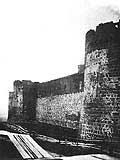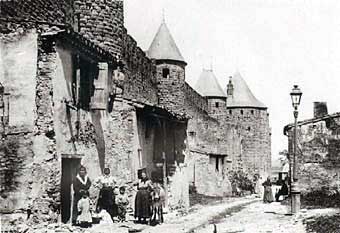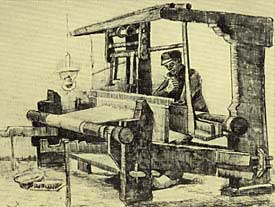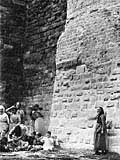 |
|
Weavers' chain
|
|
|
| THE POOR WEAVERS
|
 |
| Rue des lices hautes (Upper lists) |
As its strategic importance declined and the fortress was abandoned, the city became a poverty stricken district of Carcassonne.
"My grandmother was born on July 12 1852 in an old hovel in the city's upper lists. These hovels were built against the high enceinte which formed one of the walls. A few postcards show us how squalid they were. The people raised a few chickens, ducks and rabbits on the ground floor of the house and also did their laundry there in a tub they had made themselves. The animals lived outside mostly, paddling in the little stream that ran down the middle of the road. Rain water was the only pure water but it soon got dirty." (Marquié, "A propos d'archaeologie industrielle : le textile carcassonnais au XIXe siècle" (Industrial archaeology : the Carcassonne textile industry in the XIXth Century), 1982 -
In 1867, Taine visited the city. He too was struck by the extreme poverty of the weavers. "The old town, that strong medieval fortress on the escarpment, is for the most part abandoned. There are only eighteen hundred poor wretches, mostly weavers, left in old mud-walled houses. Rough dust and mud caked shacks which are either disreputable or ramshackle creep along the walls and cling to them. Ragged, filthy children and clouds of flies roam about the narrow lane, beneath a blazing sun that bakes and scorches this rotting humanity; it is a XIVth Century ghetto". (Taine, Carnets de voyage, 1897)
|
 |
| Weavers, by Van Gogh, postcard |
|
 |
| |
Women and children
in the lists |
| |
 |
|




